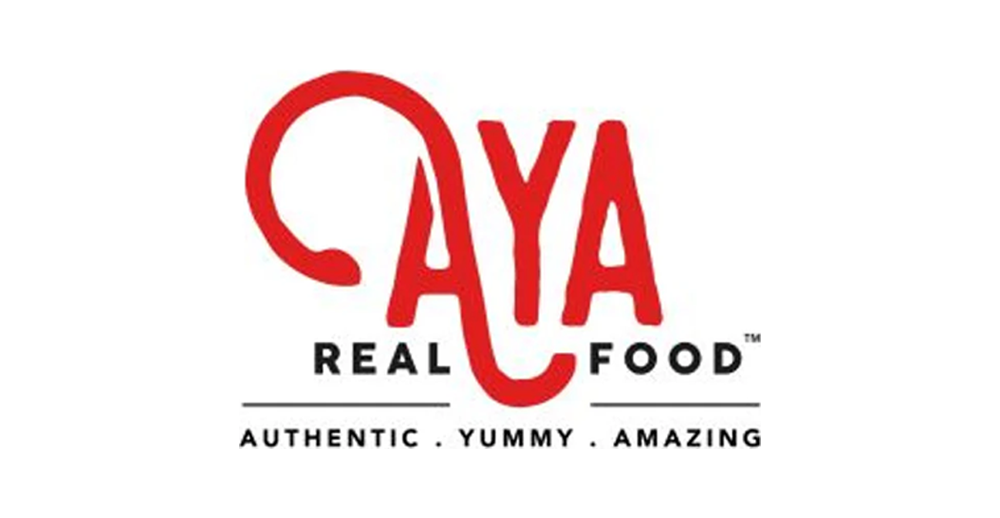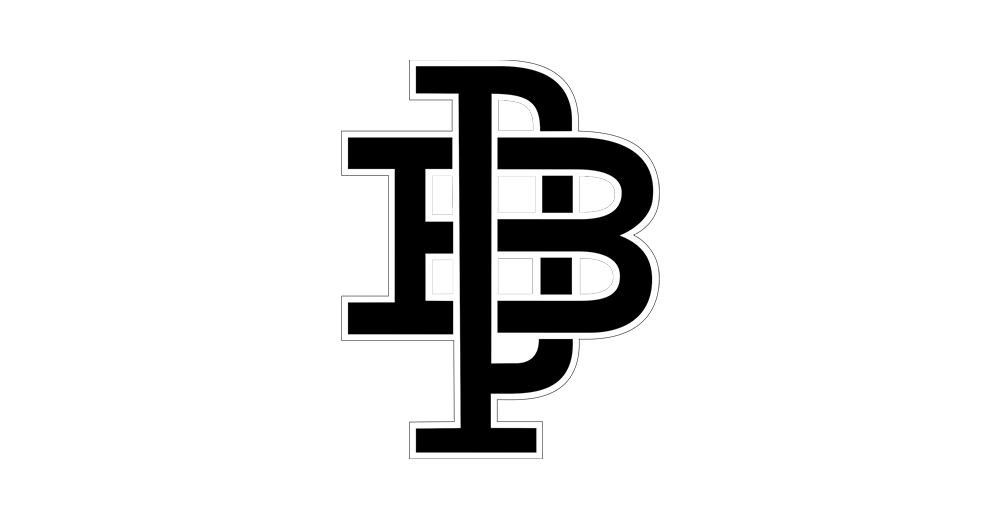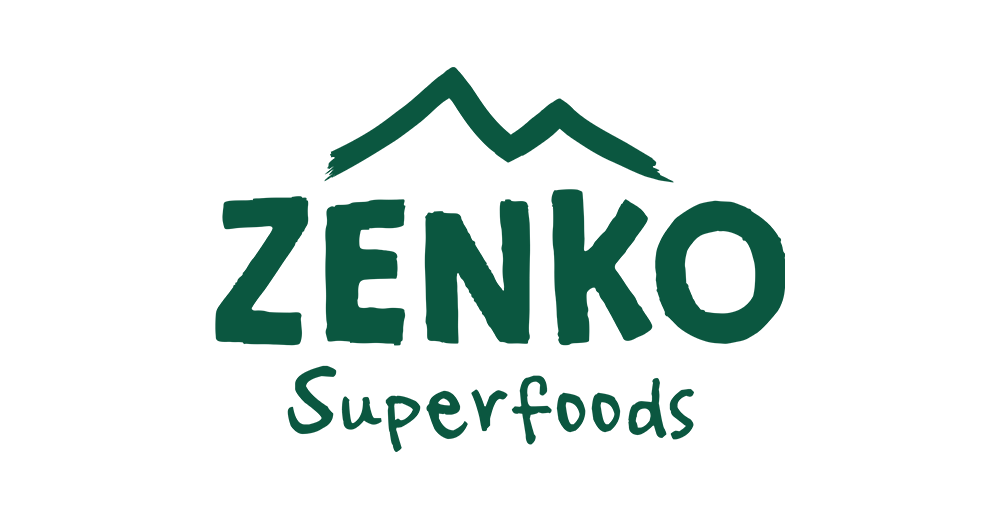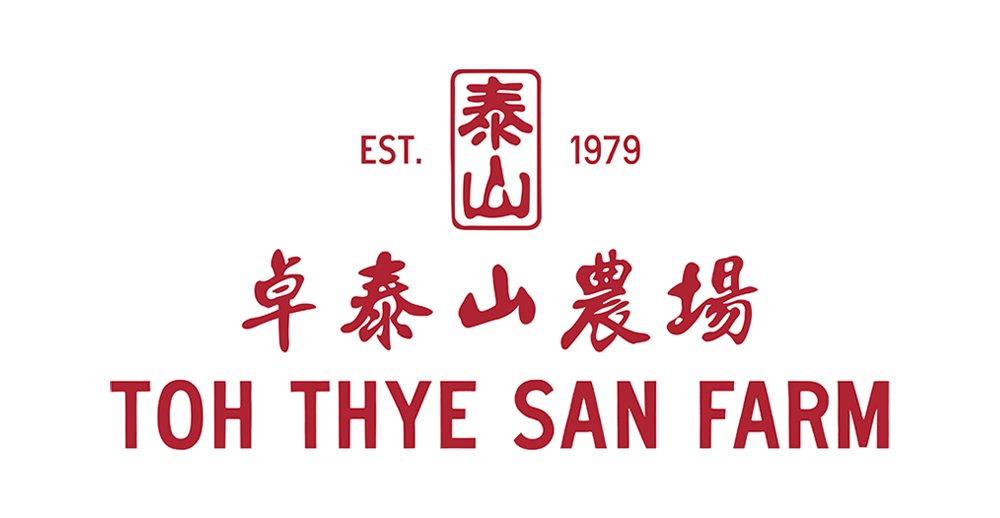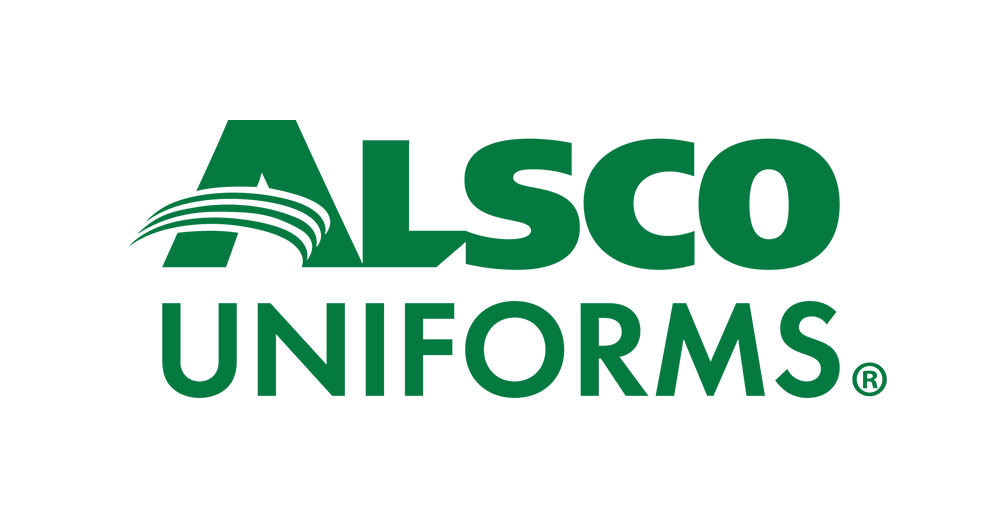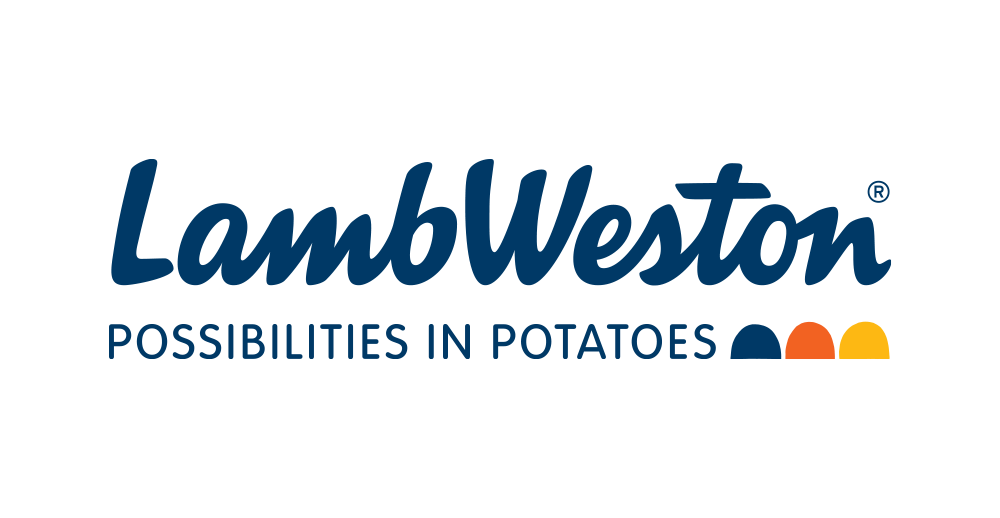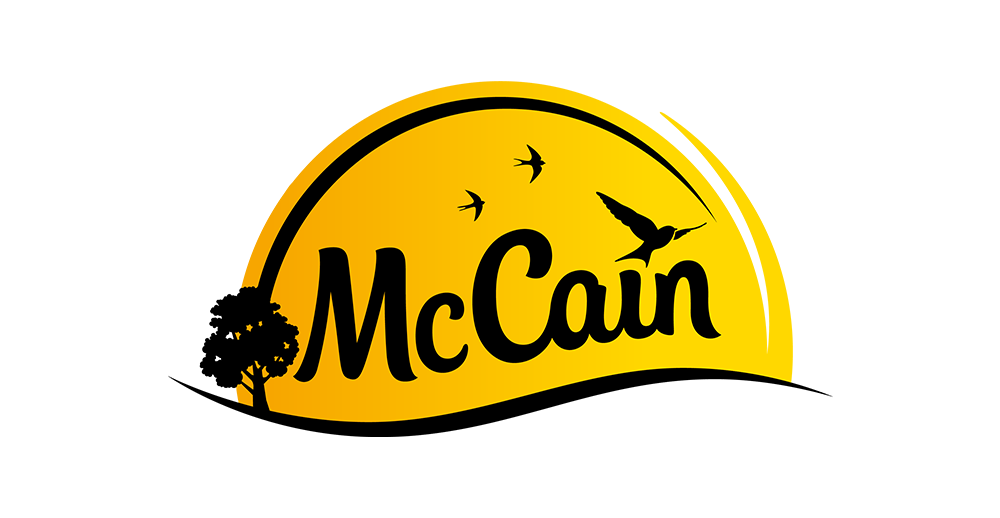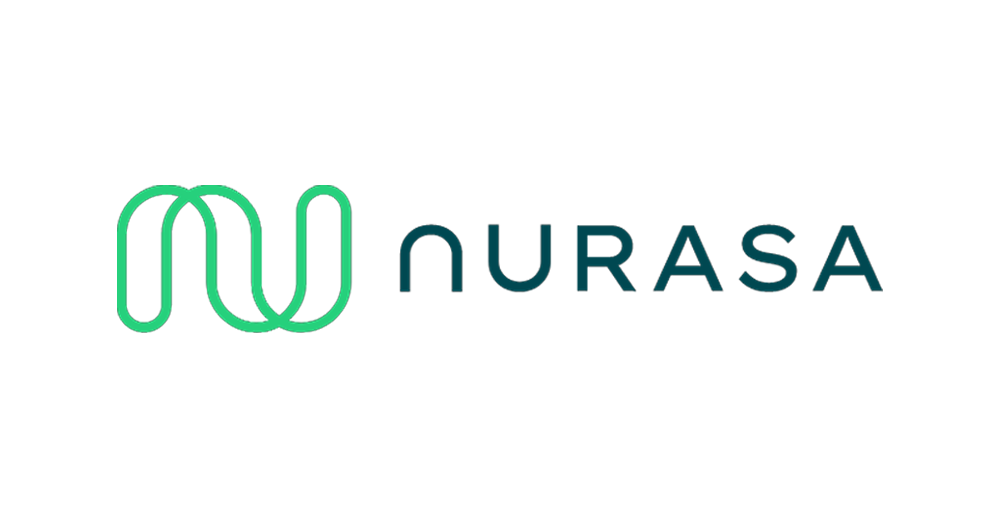Buttermilk is a simple ingredient with endless possibilities. Whether you are making fluffy pancakes, crispy fried chicken, or a tangy dressing, buttermilk is a versatile addition to your kitchen.
But what exactly is buttermilk, and why is it so valuable for cooking?
This article will explore what buttermilk is, how it’s made, its culinary applications, and its many benefits. From traditional recipes to modern uses, buttermilk is a kitchen staple that deserves a closer look.
What is Buttermilk?
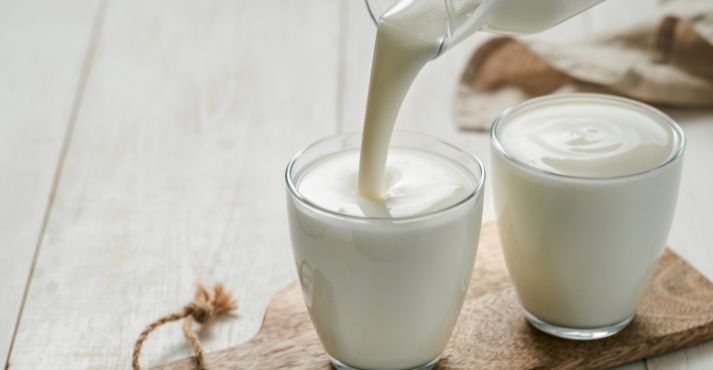
Buttermilk is a unique dairy product with a rich history and various forms. It is often misunderstood, so let’s break down the two main types: traditional and cultured buttermilk.
Traditional Buttermilk
Traditional buttermilk is the liquid left over after churning butter from cream. In the past, when butter was made at home, the cream would be churned until the fat separated from the liquid. The liquid that remained was buttermilk.
This traditional buttermilk had a slightly tangy taste and was thinner than the buttermilk most people use today. It was a byproduct of making butter, often used in cooking and baking because it added moisture and flavor to recipes.
In earlier times, buttermilk was a common household item, especially in rural areas where different types of butter were made regularly. Families would use the leftover buttermilk in various ways, from drinking it as a refreshing beverage to using it in cooking.
The natural fermentation process during butter-making gave traditional buttermilk a tangy flavor.
This fermentation also made the buttermilk easier to digest, as the bacteria in it helped break down lactose. This is why many lactose-intolerant people could still enjoy traditional buttermilk.
Cultured Buttermilk
Today, most of the buttermilk you find in stores is cultured buttermilk. This type is made by adding specific bacteria cultures to milk, which ferments it and gives it that tangy flavor.
Cultured buttermilk is thicker and creamier than traditional buttermilk and is most commonly used in recipes. Making cultured buttermilk involves fermenting milk, which is why it’s similar to other cultured dairy products like yogurt.
The difference between buttermilk and milk is that buttermilk has been fermented, giving it a distinct flavor and texture.
Cultured buttermilk is favored in modern cooking because it provides consistency in recipes. It is also more uniform than traditional buttermilk, which could vary in taste and texture depending on the method and the cream used.
This makes it easier for bakers and chefs to achieve the desired results in their dishes. Additionally, the fermentation process in cultured buttermilk creates beneficial probiotics, which contribute to gut health, adding another reason to incorporate buttermilk into your diet.
Buttermilk in the Kitchen: Culinary Applications
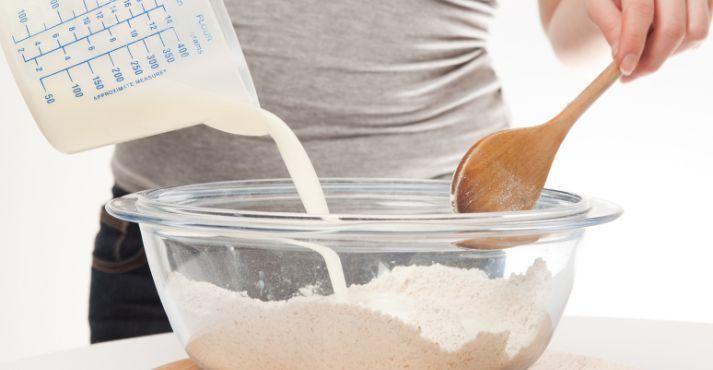
Buttermilk is incredibly versatile in the kitchen. It can be used in various recipes, from sweet to savory, and its unique properties make it a favorite among chefs and home cooks alike.
1. Baking
One of the most popular uses of buttermilk is in baking. Buttermilk adds moisture, tenderness, and a subtle tangy flavor to baked goods like biscuits, pancakes, and cakes.
The acidity in buttermilk reacts with baking soda to produce carbon dioxide, which helps baked goods rise and become light and fluffy.
For example, using buttermilk in a biscuit recipe results in a tender, flaky texture that’s hard to achieve with regular milk. The taste of buttermilk improves the flavor profile of baked goods, adding a slight tang that complements sweet ingredients.
Buttermilk is also essential in many classic American recipes, such as cornbread and red velvet cake. Its acidity helps the dough or batter rise and contributes to a moist crumb and a rich, velvety texture.
This is why buttermilk is often a go-to ingredient for bakers who want to ensure their cakes and bread turn out perfectly every time.
In addition to these traditional uses, buttermilk is increasingly used in modern baking. For example, buttermilk can be used instead of regular milk or cream in muffin and scone recipes to add a slight tang and extra moisture.
This small change can elevate the flavor of baked goods, making them more complex and satisfying.
2. Savory Dishes
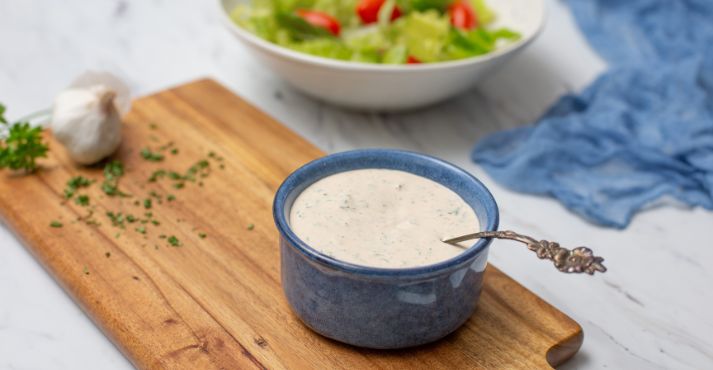
Buttermilk ranch dressing
Buttermilk is also a key ingredient in many savory dishes. It’s often used as a marinade for meats, such as buttermilk fried chicken. The acidity of buttermilk helps to tenderize the meat, making it juicy and flavorful.
Buttermilk is also a common ingredient in sauces and dressings, such as buttermilk ranch dressing, where it adds creaminess and tang.
The versatility of buttermilk in savory dishes shows that buttermilk can be used for much more than just baking—it’s a secret weapon in creating rich, flavorful dishes.
In addition to marinating meats, buttermilk is used in soups and stews to add creaminess without the heaviness of cream. For instance, a splash of buttermilk can be added to potato soup to create a rich, tangy broth that balances the flavors of the vegetables and herbs.
Buttermilk is also a popular ingredient in salad dressings, where its tangy flavor complements fresh greens and vegetables.
Buttermilk’s ability to enhance the flavors of savory dishes is particularly evident in Southern cooking, where it is a staple ingredient. In this cuisine, buttermilk is used in everything from cornbread to gravy, adding a distinct, tangy richness that is hard to replicate with other ingredients.
3. Dairy Substitutes
For those with lactose intolerance or who follow a dairy-free diet, there are dairy-free alternatives to buttermilk. These alternatives are made by adding an acid, such as lemon juice or vinegar, to plant-based milk like almond milk.
The acid causes the milk to curdle slightly, mimicking the texture and tang of traditional buttermilk. This substitute can be used in recipes that call for buttermilk, making it accessible to those who cannot consume dairy.
These dairy-free alternatives are becoming more popular as more people seek plant-based options. For instance, using almond or soy milk to create dairy-free buttermilk allows you to enjoy your favorite recipes without compromising taste or texture.
This is especially useful for those who enjoy baking but must avoid dairy. The resulting buttermilk substitute can be used like traditional buttermilk for making pancakes, biscuits, or a creamy salad dressing.
4. Southeast Asian Cuisine
In Southeast Asian cooking, fermented dairy products similar to buttermilk, like yogurt, are often used as a base for sauces and marinades.
These ingredients add a creamy texture and tangy flavor to dishes, similar to the role of buttermilk in Western cooking.
Traditional buttermilk or yogurt drinks are also enjoyed as refreshing beverages in some regions, showcasing the global appeal of fermented dairy products.
For example, in Indian cuisine, a drink called “lassi” is made using yogurt, similar to buttermilk. Lassi can be sweet or savory and is often flavored with spices or fruit.
This drink is refreshing and offers the same digestive benefits as buttermilk, thanks to the probiotics found in fermented dairy products.
How to Make Buttermilk?
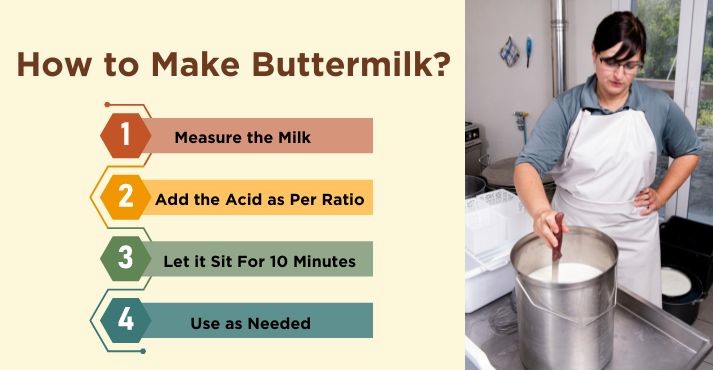
Making buttermilk at home is simple and can be done with just a few ingredients. If you want to create traditional buttermilk or a dairy-free alternative, here’s how you can do it.
Homemade Buttermilk Recipe
You only need milk and an acid like lemon juice or vinegar to make homemade buttermilk. Here’s a step-by-step guide:
- Measure the Milk: Start with 1 cup. You can use whole, skim, or any type of milk you have on hand.
- Add the Acid: Add 1 tablespoon of lemon juice or white vinegar to the milk. Stir well.
- Let it Sit: Allow the mixture to sit for about 10 minutes. The milk will begin to curdle slightly during this time, and you’ll notice it thickening.
- Use as Needed: After 10 minutes, your homemade buttermilk is ready to use in any buttermilk recipe.
This quick and easy buttermilk recipe is perfect when you need buttermilk but must have it on hand. It also works well as a substitute in recipes that require a small amount.
Dairy-Free Alternatives
If you need a dairy-free option, you can make buttermilk using plant-based milk like almond milk. Here’s how:
- Measure the Plant-Based Milk: Use 1 cup of almond or plant-based milk.
- Add the Acid: Add 1 tablespoon of lemon juice or apple cider vinegar.
- Let it Sit: Allow the mixture to sit for 5-10 minutes until it thickens slightly.
- Use as a Substitute: Your dairy-free buttermilk is ready for use in any buttermilk recipe.
This dairy-free alternative ensures that everyone can enjoy the benefits of buttermilk, even if they follow a dairy-free diet.
Storage and Shelf Life of Buttermilk
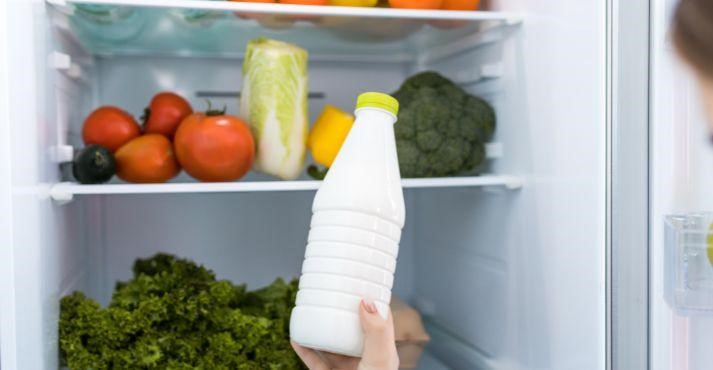
Storing it properly and knowing how long it will last is essential to maximize your buttermilk.
Proper Storage Techniques
Buttermilk should be stored in the refrigerator at all times. It should be kept in its original container, tightly sealed, to prevent it from absorbing odors from other foods in the fridge. If you’ve made homemade buttermilk, store it in a clean, airtight container.
Buttermilk can last up to two weeks in the refrigerator, but for the freshest taste, it’s best to use it within a week.
When storing buttermilk, it is essential to keep it away from the fridge door, where the temperature fluctuates more. Keeping it in a colder, more stable part of the refrigerator helps preserve its freshness.
If the buttermilk has thickened or curdled slightly, shake it before using it, as this is normal for buttermilk. However, if it develops an off smell or flavor, it’s time to discard it.
Signs of Spoilage
Like all dairy products, buttermilk can spoil. Signs that buttermilk has gone bad include a sour smell, separation of liquid and solids, and the presence of mold. What does buttermilk look like when it’s spoiled?
It may appear more curdled or chunky than usual and will have an unpleasant odor. If you notice any of these signs, it’s best to discard the buttermilk to avoid consuming spoiled dairy.
Another indicator of spoilage is a color change. Fresh buttermilk is usually pale and creamy white, but if it starts to develop a yellowish tint, it may be starting to spoil.
Taste is also a good indicator—if the buttermilk tastes overly sour or bitter, it has likely gone bad. While it’s normal for buttermilk to taste tangy, any off-putting flavors should be a sign that it’s time to throw it out.
Frequently Asked Questions (FAQs)
Can I use buttermilk instead of milk?
Yes, you can use buttermilk instead of milk in many recipes. However, remember that buttermilk is more acidic than milk, which may alter the dish’s flavor and texture. It’s outstanding in baked goods, where a tangy flavor and tender texture are desired.
How long is buttermilk good for?
Buttermilk is typically good for up to two weeks when stored properly in the refrigerator. For the best quality, use it within a week of opening. If you’re unsure that if your buttermilk is still good, check for signs of spoilage like a sour smell, separation, or an off-taste.
Is buttermilk supposed to be chunky?
Due to its thick texture, buttermilk can sometimes appear slightly chunky, especially when it’s homemade or nearing the end of its shelf life. However, it should not have large curds or an overly separated appearance. It may be spoiled if it’s chunky or smells bad.
Conclusion
Buttermilk is a versatile and valuable kitchen ingredient with a rich history and a wide range of culinary applications. From baking to savory dishes, buttermilk enhances many recipes’ flavor, texture, and nutritional value.
It doesn’t matter if you’re using traditional buttermilk, cultured buttermilk, or a dairy-free alternative; understanding what buttermilk is and how to use it can elevate your cooking.
With its unique properties and health benefits, buttermilk deserves a place in every home cook’s repertoire. The next time you prepare a recipe, consider adding buttermilk to bring a delicious tang and tender texture to your dish.











